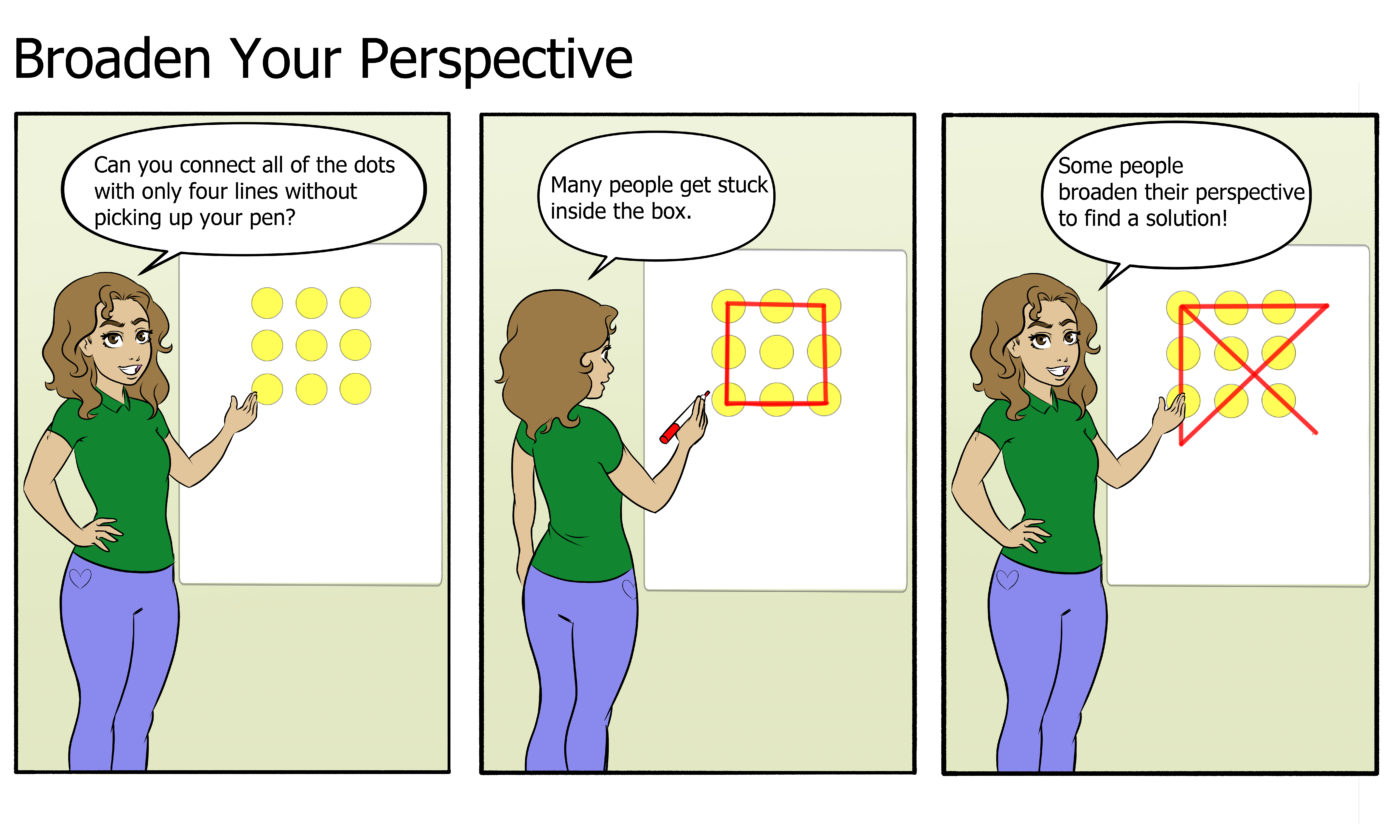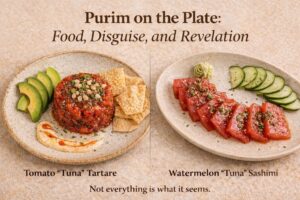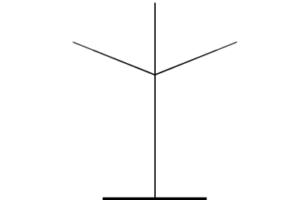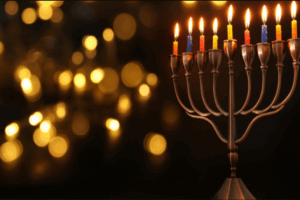The following resources were used in the preparation of the Virtual Bar/Bat Mitzvah section of the Breaking Matzo website:
“History of Bar/Bat Mitzvah and Confirmation,” My Jewish Learning, http://www.myjewishlearning.com/article/history-of-barbat-mitzvah-and-confirmation
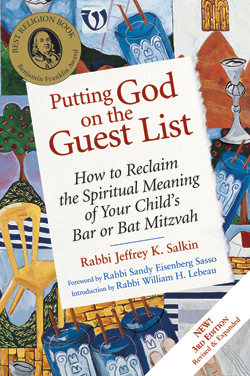 Jeffrey Salkin, Putting God on the Guest List: How to Reclaim the Spiritual Meaning of Your Child’s Bar or Bat Mitzvah (Jewish Lights)
Jeffrey Salkin, Putting God on the Guest List: How to Reclaim the Spiritual Meaning of Your Child’s Bar or Bat Mitzvah (Jewish Lights)
Goldie Milgram, Make Your Own Bar/Bat Mitzvah: A Personal Approach to Creating a Meaningful Rite of Passage (Jossey-Bass)
___________, “What is a Tallit? What do the Fringes Mean? And a Ritual for Tying the Knots,” Reclaiming Judaism, http://www.reclaimingjudaism.org/teachings/what-tallit-what-do-fringes-mean-and-ritual-tying-knots
Joseph Telushkin, “Tefillin,” Jewish Virtual Library, http://www.jewishvirtuallibrary.org/tefillin, republished from Jewish Literacy (William Morrow and Company, 1991)
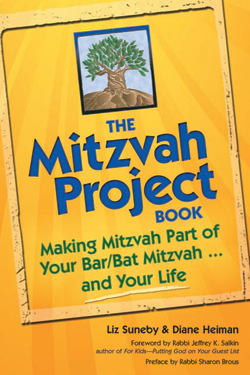 Liz Suneby and Diane Heiman, The Mitzvah Project Book: Making Mitzvah Part of Your Bar/Bat Mitzvah… and Your Life (Jewish Lights)
Liz Suneby and Diane Heiman, The Mitzvah Project Book: Making Mitzvah Part of Your Bar/Bat Mitzvah… and Your Life (Jewish Lights)
Marjorie Ingall, “Doing Mitzvah Projects Right,” Tablet Magazine, http://www.tabletmag.com/jewish-life-and-religion/126833/doing-mitzvah-projects-right
___________, “Kvelling Over My Daughter’s Bat Mitzvah,” Tablet Magazine, http://www.tabletmag.com/jewish-life-and-religion/186997/kvelling-over-bat-mitzvah
“How to Create the Perfect Bar Mitzvah Speech,” Chabad.org, http://www.chabad.org/tools/lifecycles/myspeech_cdo/aid/1912286/jewish/Bar-Mitzvah-Speeches.htm
“Bar Mitzvah/Bat Mitzvah Gift Guide,” My Jewish Learning, http://www.myjewishlearning.com/article/bar-or-bat-mitzvah-gift-guide/#anchor6
Kveller has made a step-by-step how-to guide for throwing a virtual bar or bat mitzvah party. It walks you through technology suggestions, who to invite, music choices, how to incorporate rituals and more. You can find their guide here.
A 13-year-old in Manhattan had one of the first virtual bar mitzvahs. He was able to borrow a neighbor’s private Torah and had nearly 250 people attend via Zoom. His story is an interesting one that can help provide a template for others to throw their own remote bar/bat mitzvah. You can read about this story here and here, this article contains a firsthand recounting of the event.
Baltimore Magazine has a humorous and insightful story of a family throwing a virtual bar mitzvah. Not only is it an entertaining read, but it is chock full of useful information for throwing your own. You can find it here.
